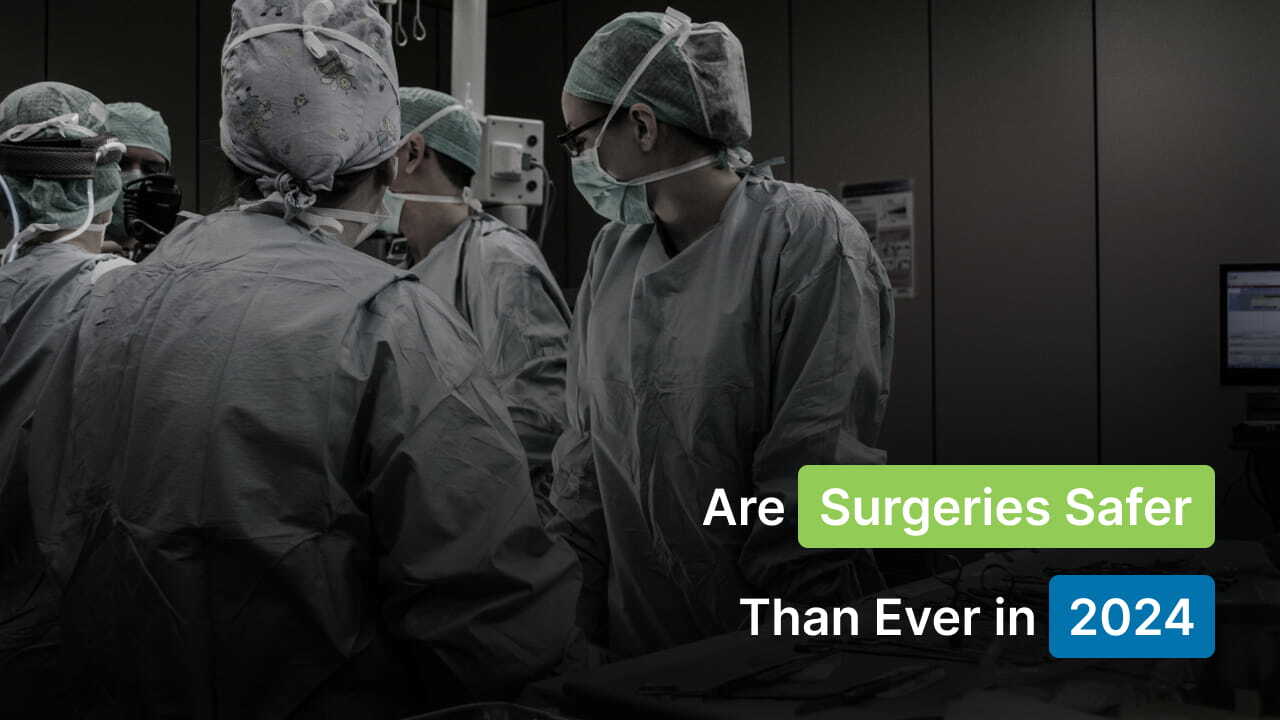
Ensuring medical transcription is produced with care and precision is imperative to the smooth running of any healthcare organization.
A world without accurate health information and documentation of patient meetings and operations would be likely to end in disorganization at best and catastrophe at worst.
Transcription, the process of taking what’s been spoken word and turning it into a written text, is essential in maintaining the accuracy and representation of all medical procedures in healthcare organizations.
So, a whole role is designated to medical scribes, who record significant details of appointments between patients and healthcare providers to protect the wealth fare of both the individual and the organization.
Meanwhile, clinical researchers also find themselves producing long-written, analyzable texts to guarantee the validity of their findings and provide opportunities for reflection and development of their results.
So, let’s examine the main ways transcription supports physicians and other healthcare providers in delivering accurate and beneficial diagnoses and treatments.
Transcription Improves Accuracy, Productivity, and even Profitability.
Medical scribing performed appropriately entails providing careful, detailed transcriptions of patient-physician encounters, operations, or healing plans from the spoken words articulated by the physician into readable text that captures every detail and nuance of the interaction.
The medical scribe’s transcription safeguards the healthcare organization by having written evidence that the procedure was correctly applied by the physician, while documentation and medical reports help to protect the patient’s integrity.
Medical scribes are skilled professionals and are required to possess an in-depth understanding of their physician’s specialty field, if they were to misinterpret information related to them about a patient’s health it could have severe consequences on future treatment options.
So, medical scribes are well-trained to ensure that errors and risks are minimal for the patient and the wider organization. Companies such as scribe-x.com hire medical scribes and provide excellent standards of training and education.
Furthermore, healthcare organizations must adhere to strict government legislation regarding how patient care is documented, the billing process, and confidentiality protocols, making it even more critical for a medical scribe to provide accurate transcriptions of physician-patient encounters.
When medical scribes are successful, they can dramatically improve the efficiency and profitability of the entire organization by taking the burden and emotional pressure away from the physician, who is able to ignore recording data during appointments and focus entirely on providing quality patient care.
Transcription Improves Communication in All Areas of the Organisation
Healthcare professionals have an array of medical knowledge through their years of education, training, and practicing, but a skill that weighs equal importance to the patient care experience is communication abilities.
When a healthcare organization has smooth communication throughout, patient satisfaction can be increased through receiving clear messages and all staff members working in alignment with one another.
Transactions provided by medical scribes provide other healthcare workers with something to refer to and pass on to other workers when starting a new shift.
When transcription is in-depth, all healthcare workers will have a thorough understanding of the patient’s current health status and all the specific treatments that may be required.
It reduces the chances a patient or another healthcare organization receives information that’s inaccurate and thus protects the whole care process from misunderstandings and mistakes.
Transcription Assists Clinical Decision-Making
The meticulous creation of accurate medical transcripts stands as a cornerstone in the functioning of healthcare organizations. Without precise documentation of patient interactions and procedures, the system could easily descend into chaos or potentially grave errors.
At the heart of this process are medical scribes tasked with translating spoken dialogue into written records that encapsulate every critical detail of physician-patient encounters.
This meticulous transcription serves not only to safeguard the integrity of the organization but also to protect the welfare of patients by ensuring that procedures are correctly documented and care plans accurately represented.
Moreover, the significance of transcription extends beyond the clinical realm, encompassing the work of clinical researchers who rely on detailed written analyses to validate their findings and foster further advancements in healthcare knowledge.
By delving deeper into the multifaceted ways in which transcription supports the precision and integrity of healthcare operations, it becomes evident how essential this process is for the seamless functioning of healthcare organizations.
Conclusion
Accurate transcription enables greater communication between all relevant healthcare parties, increases the accuracy of information, and saves companies substantial amounts of money every hour.
Furthermore, the transcription of clinical trials helps create a more educated general population and opportunities to develop existing scientific understanding.
This underscores the critical role transcription plays in both patient care and medical research, shaping the future of healthcare delivery and advancement.
Read Also:





























